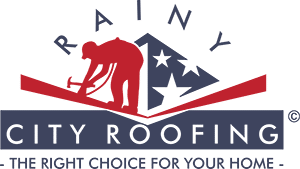A well-maintained roof is the first line of defense for any property, silently protecting those inside along with their belongings. Yet, beneath the shingles and flashing lies a crucial component often overlooked: proper roof ventilation. Ensuring your roof is properly ventilated is crucial for maintaining the health and longevity of your property, whether you’re a homeowner or the owner or manager of a multifamily property. Roof ventilation isn’t just about keeping your attic cool in the summer; it plays a vital role in extending the lifespan of your roof, preventing costly repairs, and ensuring your property remains energy-efficient and comfortable. Let’s dive into why roof ventilation matters and explore the different types of roof vents available to choose from.
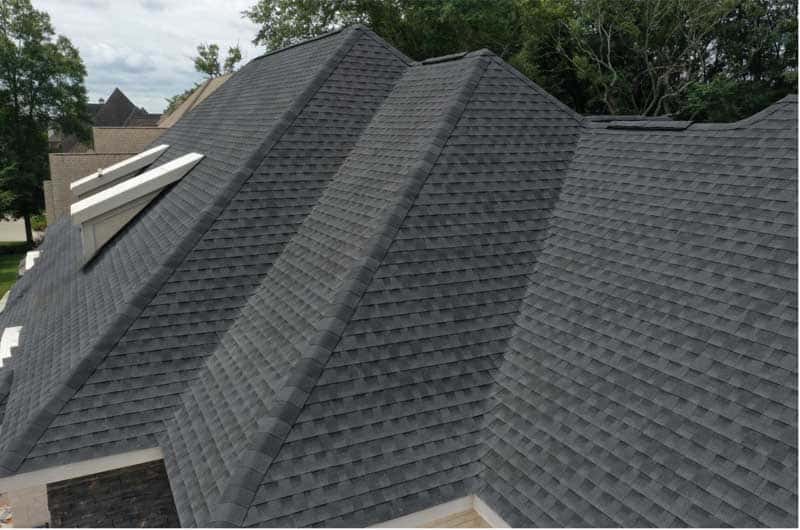
The Impacts of Proper Roof Ventilation
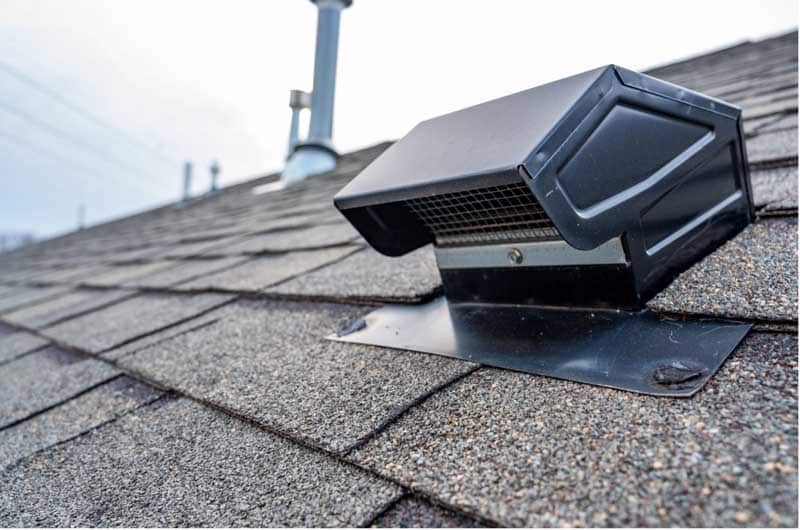 Proper attic ventilation is essential for several reasons. Firstly, and foremost, it helps to prevent premature wear and tear of your roof. Without adequate ventilation, heat and moisture can build up in your attic, putting stress on the roof decking, underlayment, and shingles, causing cracking, granule loss, and premature deterioration. Ultimately, neglecting roof ventilation can lead to frequent and expensive repairs or even the need for a full roof replacement.
Proper attic ventilation is essential for several reasons. Firstly, and foremost, it helps to prevent premature wear and tear of your roof. Without adequate ventilation, heat and moisture can build up in your attic, putting stress on the roof decking, underlayment, and shingles, causing cracking, granule loss, and premature deterioration. Ultimately, neglecting roof ventilation can lead to frequent and expensive repairs or even the need for a full roof replacement.
Proper ventilation also affects your heating and cooling costs. During the summer, a poorly ventilated attic can become extremely hot, causing your air conditioning system to work twice as hard to cool your living spaces. In the winter, improper ventilation can lead to ice dams forming along your roofline and in your gutters. This phenomenon occurs when heat escapes from your home (through the roof), melts snow on your roof, is unable to drain properly and refreezes as thick ridges of ice that prevent proper drainage, resulting in leaks, water damage and potential structural issues. By maintaining clean gutters, a consistent attic temperature and proper ventilation, you’ll significantly reduce the strain on your HVAC system, leading to energy savings.
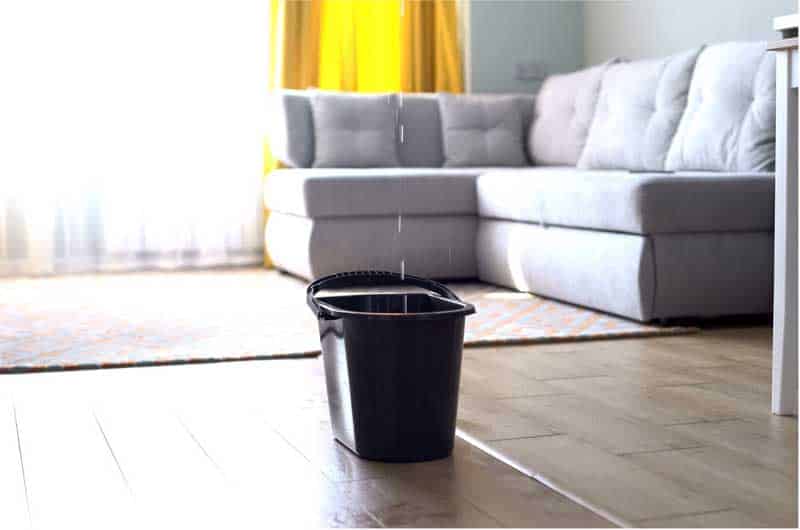
In addition to lower cooling and heating bills, ensuring that the attic’s temperature and moisture levels remain within acceptable parameters is crucial for mold and rot prevention. Moisture trapped in the attic can lead to mold growth and wood rot, compromising the structural integrity of your roof and potentially leading to health issues. Good ventilation keeps moisture levels in check, ensuring a healthier environment for your roof and your home.
Types of Roof Ventilation
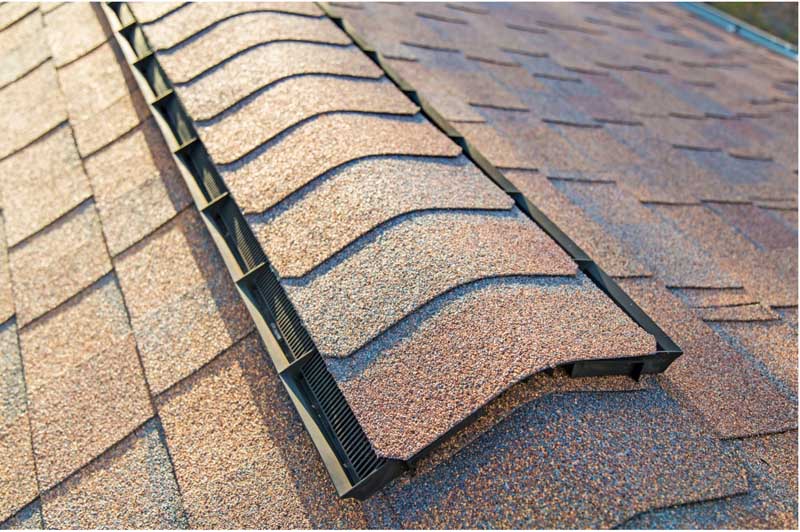
Understanding the types of roof ventilation systems available is crucial for choosing the right solution for your property. Here’s a look at some common roof vent types and their benefits.
- Ridge Vents
Ridge vents are installed along the peak of the roof, allowing hot air to escape while preventing rain and debris from entering. They work by creating a continuous flow of air along the roofline, which is essential for maintaining consistent attic temperatures. Ridge vents are effective, discreet, and blend seamlessly into the roof’s design. They are particularly good at preventing ice dams and ensuring energy efficiency by reducing the cooling load in the summer. - Soffit Vents
Soffit vents are installed under the eaves of your roof and serve as the intake vents in a ventilation system. They allow fresh air to enter the attic, which then flows up to the ridge vents, creating a natural ventilation cycle. Soffit vents come in various styles, including continuous soffit vents, round soffit vents, and perforated soffit panels. They are less visible from the ground, maintaining the roof’s aesthetic appeal while providing effective ventilation. - Gable Vents
Gable vents are installed in the gable ends of the roof and can function as both intake and exhaust vents, depending on wind direction and speed. They are often seen in older homes and can add a decorative element to the exterior. Gable vents facilitate cross ventilation, which helps keep the attic cool and dry. However, they are less effective than ridge vents in maintaining consistent airflow and preventing moisture buildup. - Box Vents (Static Vents)
Box vents, also known as roof louvers, are passive exhaust vents installed near the ridge or peak of the roof. They are cost-effective and relatively easy to install. Box vents allow hot air to escape from the attic, maintaining proper temperature and moisture levels. However, they do not provide as much ventilation as ridge vents and may require multiple units to achieve effective airflow.
The Advantage of a Professional Touch
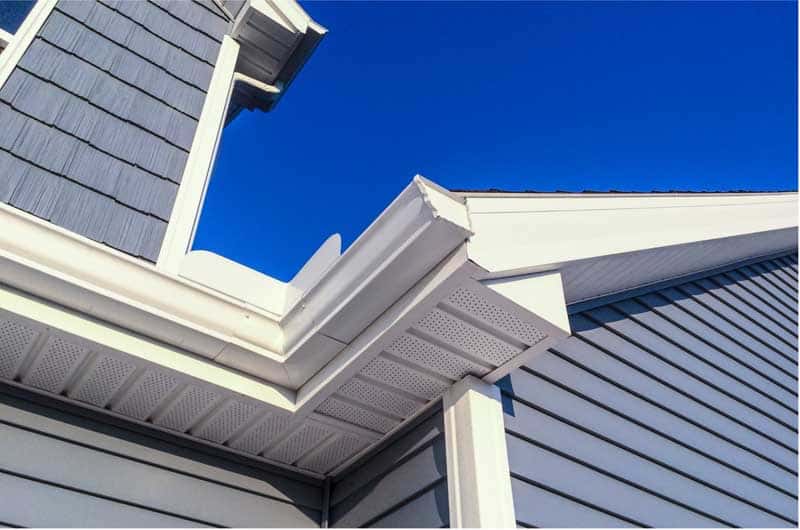
Proper roof ventilation is essential for extending the life of your roof, improving energy efficiency, and maintaining a healthy living environment. Whether you need ridge vents, soffit vents, gable vents, or box vents, Rainy City Roofing has the expertise and quality workmanship to ensure your roof remains in top condition. Our team brings years of experience in the roofing industry and understand the unique requirements of each property and how best to handle them.
Rainy City Roofing offers comprehensive services from initial consultation to installation and maintenance, meeting all your ventilation, and other roofing, needs. We provide personalized recommendations based on thorough assessments, transparent pricing, and professional installation. Trust Rainy City Roofing Services to provide the expertise and quality you need to maintain a healthy roof.
Don’t wait until poor ventilation leads to costly repairs and discomfort – invest in your roof’s health and your home’s comfort today. Schedule a consultation with Rainy City Roofing and let our experts guide you in choosing the best ventilation system for your property.
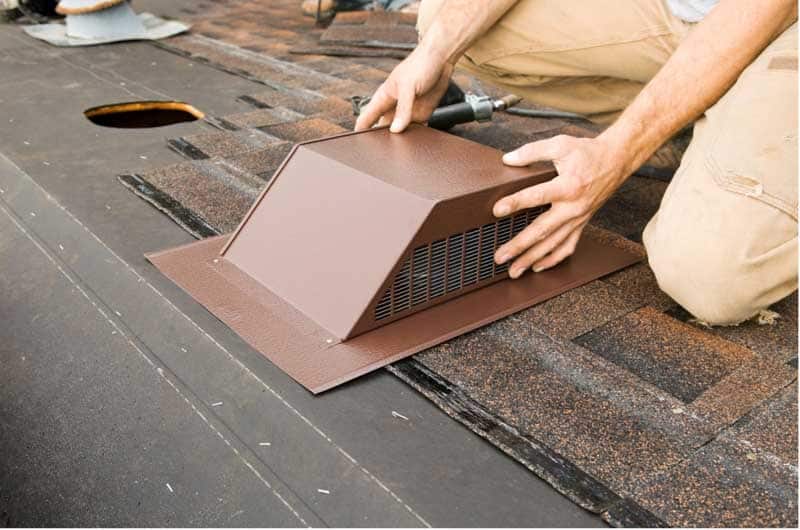
Contact Rainy City Roofing Services at (503) 577-2176 or visit our website to learn more!
